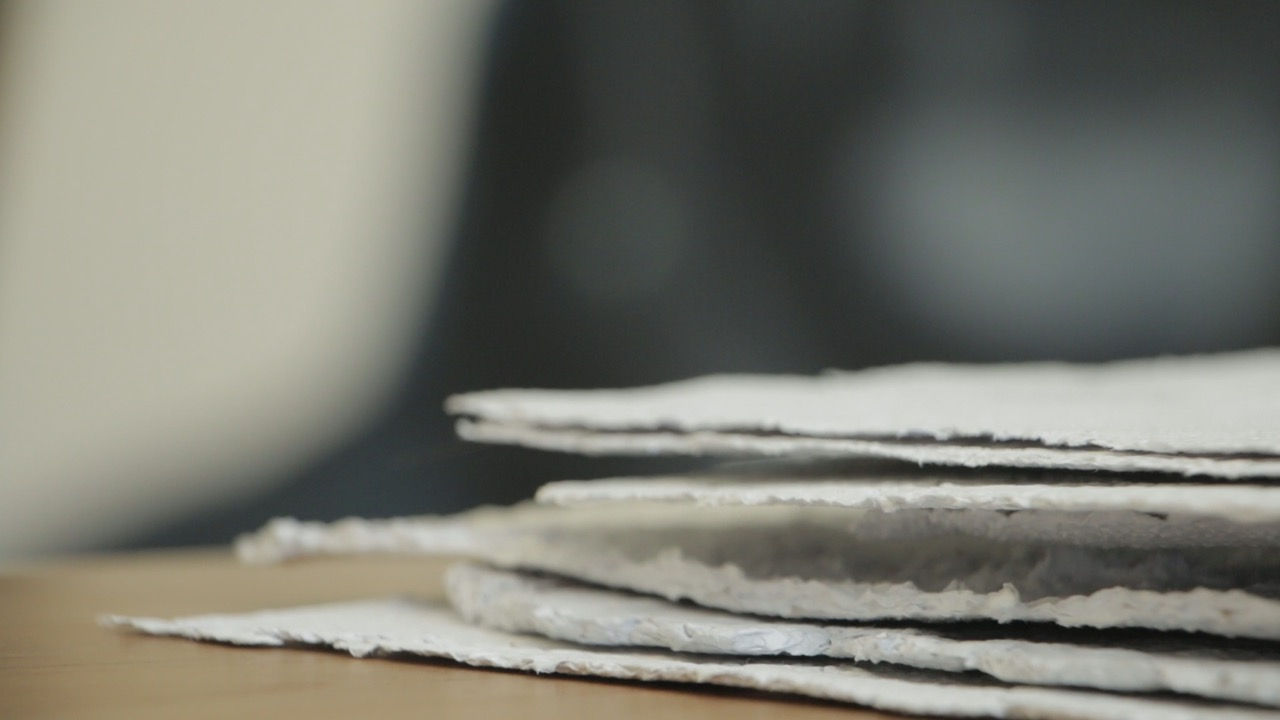
An on-going Project
I love all aspects of the natural world and spend as much time as possible close to the land and sea. As an artist, I always have a sketchbook with me, and through drawing, tap into my innate feelings of being in tune with the elements.
Reimagining the landscape took root from spontaneous sketches of my near ecological environment. As the work progressed, I realised that I needed to draw on a larger scale and format, and for practical purposes, started folding large pieces of paper in the manner of topographic maps. While in the car or out walking, I would begin a drawing on different parts of the map, and then work it further once back in my studio. This soon developed into a way of mapping the landscape through both varying my mark-making and experimenting with different mediums.
The Reimagining the landscape artworks do not evolve from photographic sources, but rather by sketching through careful observation on site; and then, in my studio, by further layering the drawings with images of the land from memory. The most significant memory images have been generated by my recollections of how the land felt and looked when we first moved to the Strand/Somerset-West area. As such, my creative practice revolves around exploring ways to trace my different responses to my immediate surroundings.
Over the past five years, this area – known as the Helderberg basin - has been subject to major developments such as housing estates and commercial properties. This new manmade infrastructure, which includes more and wider roads, is destroying local wetlands that date back to the 1700s. Although efforts are being made to reinstate parts of the wetlands within specific new estates, the loss of the natural landscape has caused those of us with concerns around conservation to suffer ecological grief.
As a small example: regarding area-specific Red Data (threatened) plant species, only the dedication of committed environmentalists to preserving parts of the Helderberg land have led to the recent discovery of three previously unrecorded plant species on conserved farmland at the Vergelegen Estate in Somerset West, of which two are classified as vulnerable. There are another 21 identified Red Data species within the Lourensford alluvium fynbos region; and in the overall Hottentots Holland area, almost 300 threatened plant species occur.
My artmaking has become a means to protect my specific visual memories of a rich environment which – like the Red Data plant species – are threatened with obliteration once I am confronted by new brick and mortar structures. This translates through drawing into physical reactions to the paper. My acts of erasing by rubbing or blocking out tend to occur when I feel frustrated by the eco-destruction and wish to conceal or cover areas previously worked on; yet at other times, I focus intently and draw on the paper carefully, mimicking the way that parts of the land are cordoned off for preservation.
The mapped drawings in Reimagining the landscape have been created as a tangible response to the ecological grief I experience as I hover between the memories and present experiences of my natural environments.